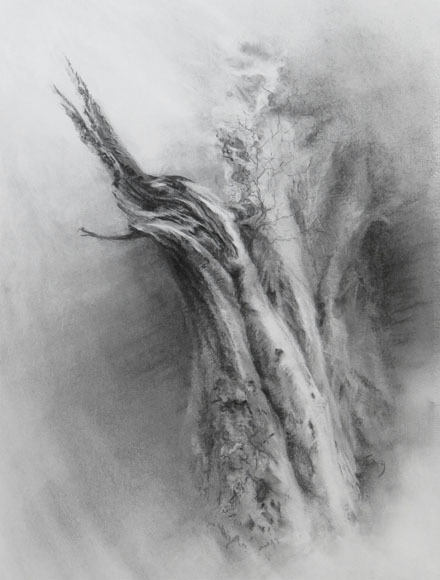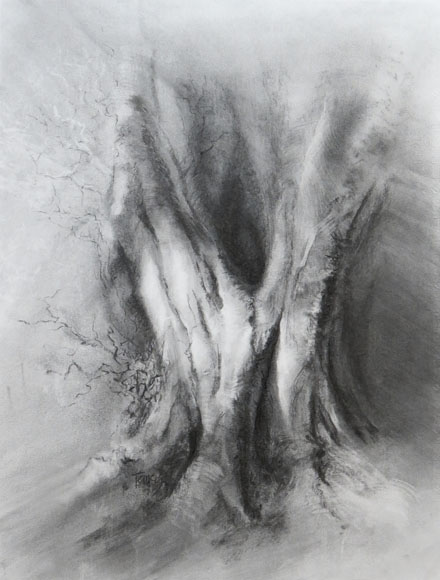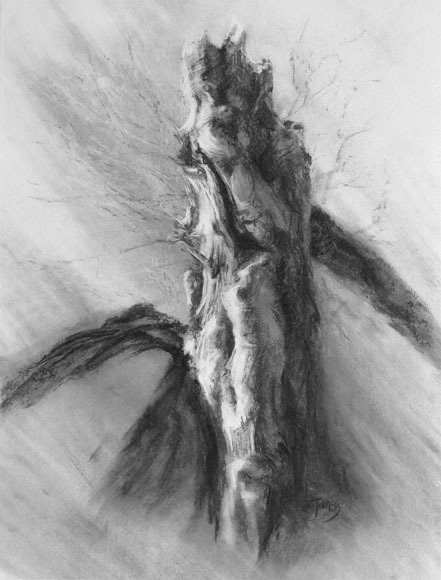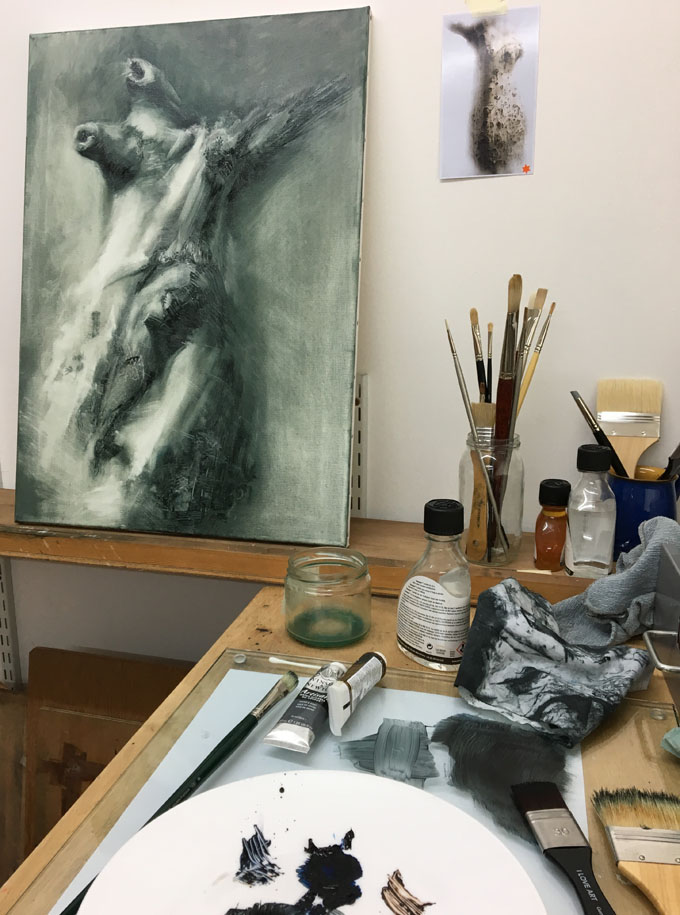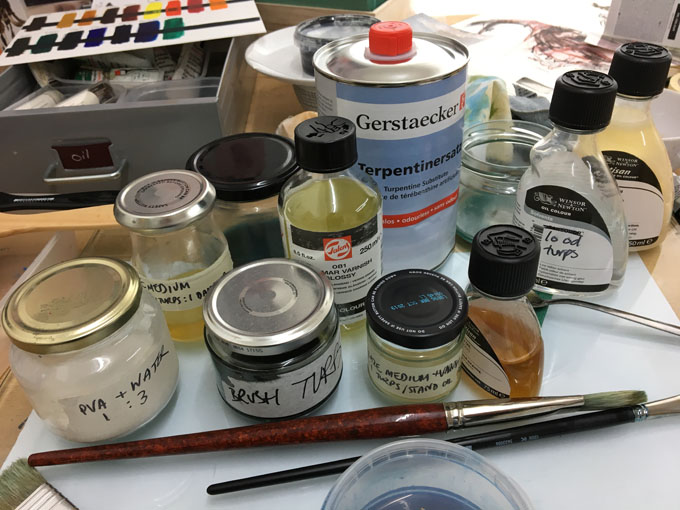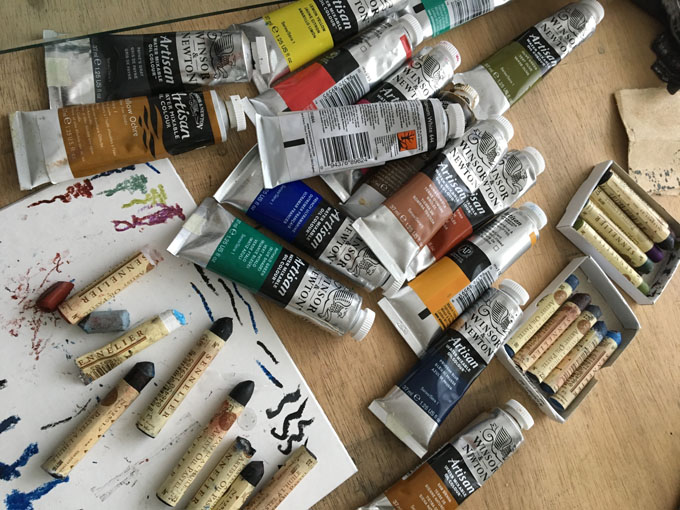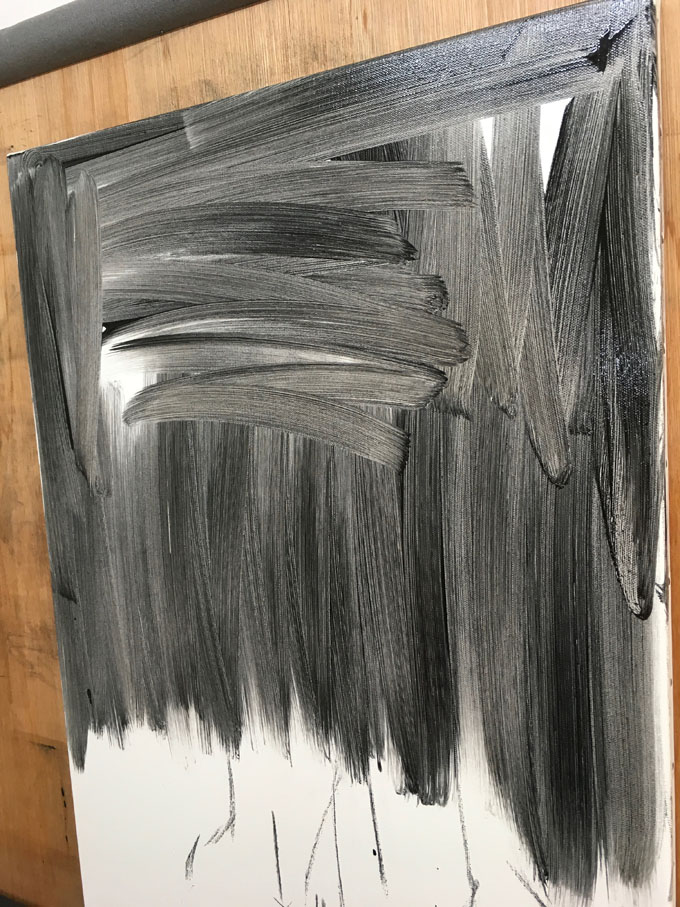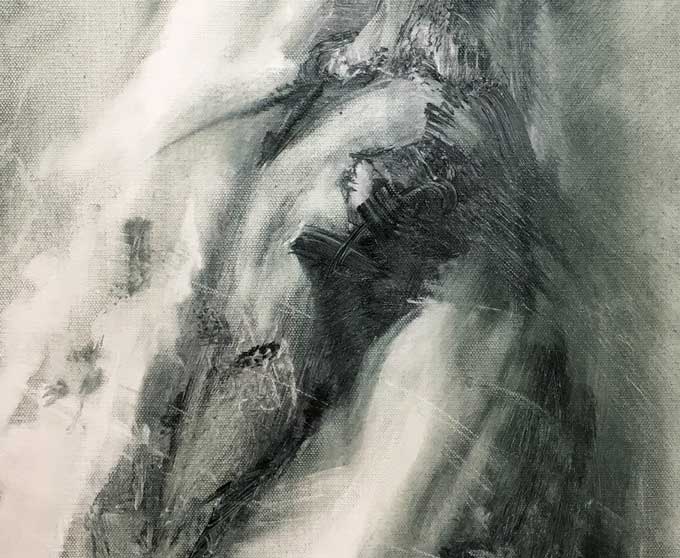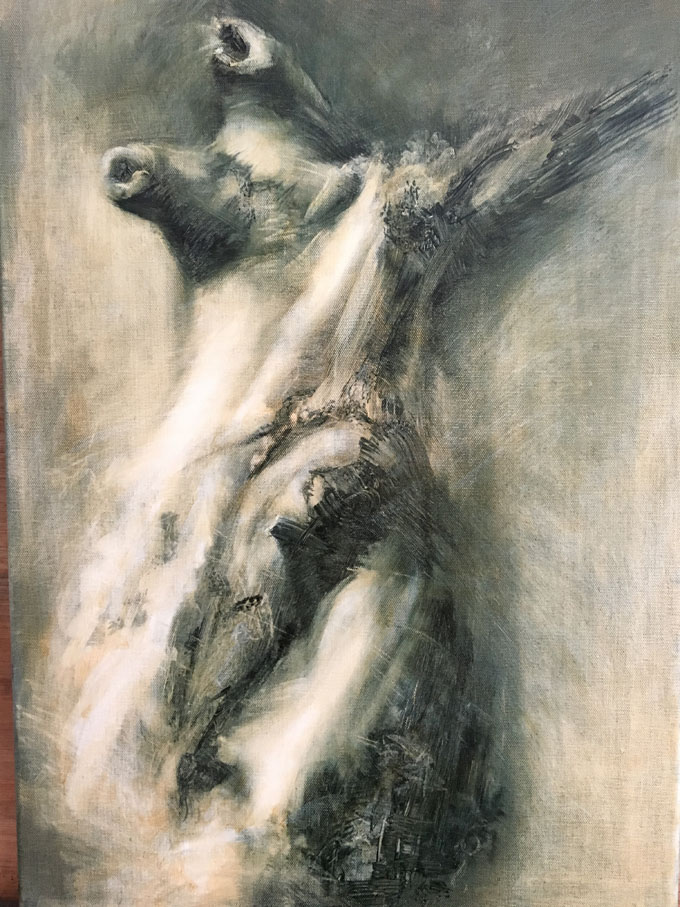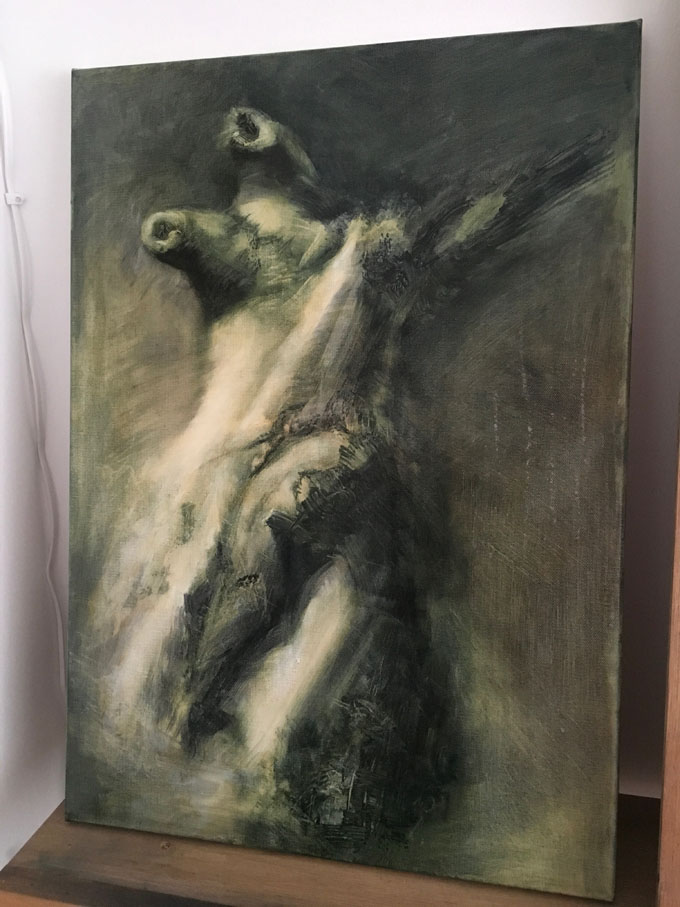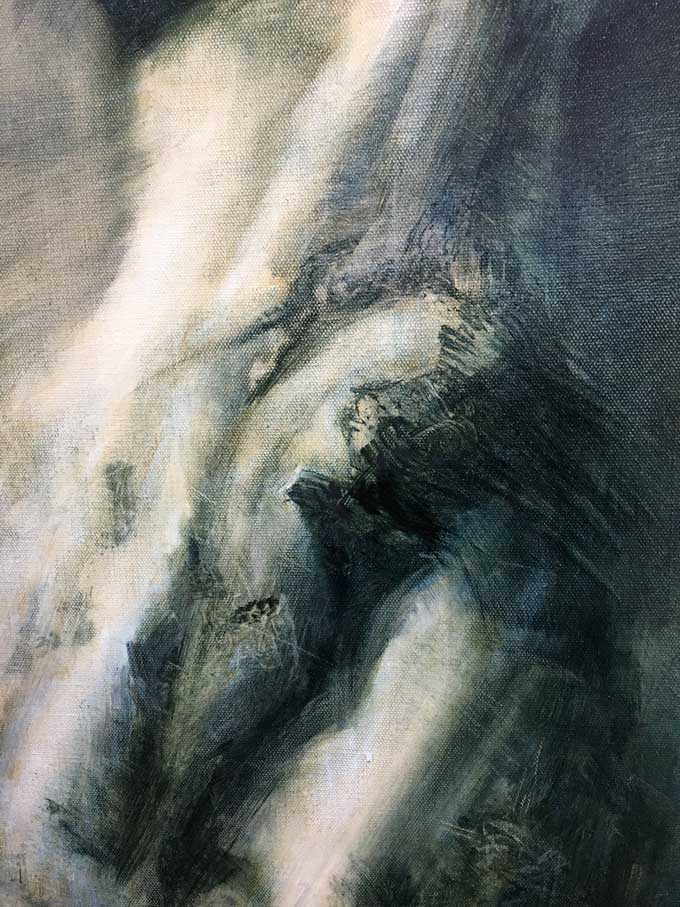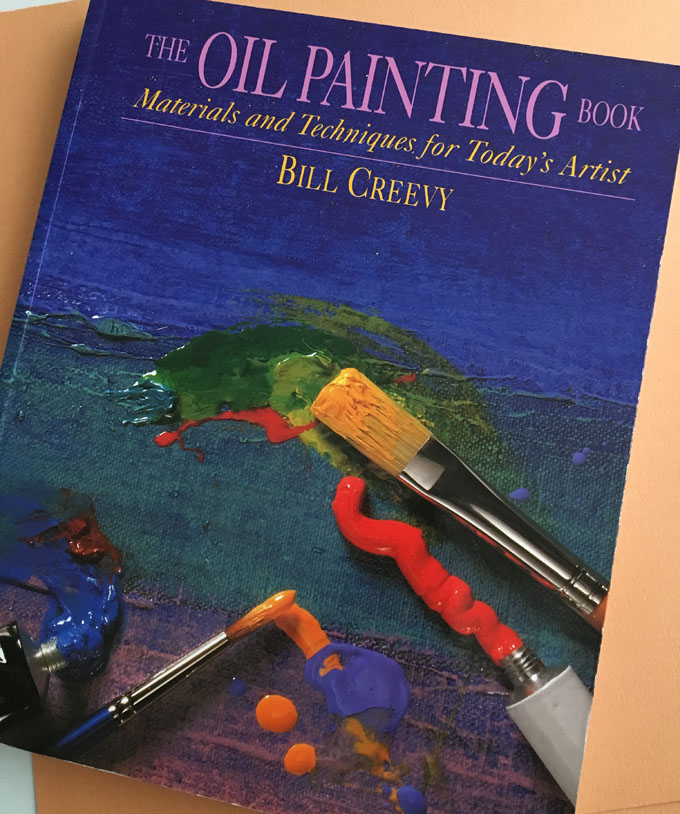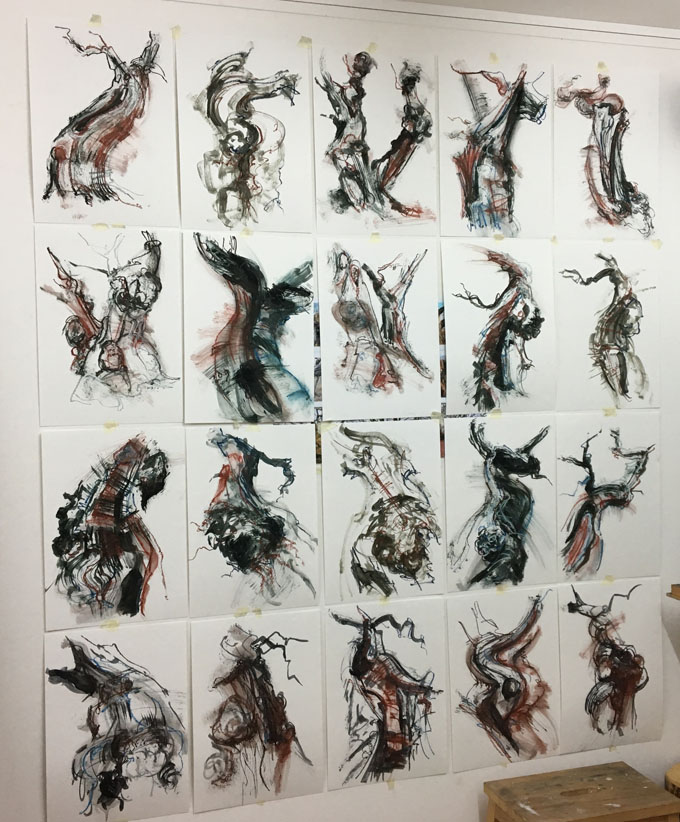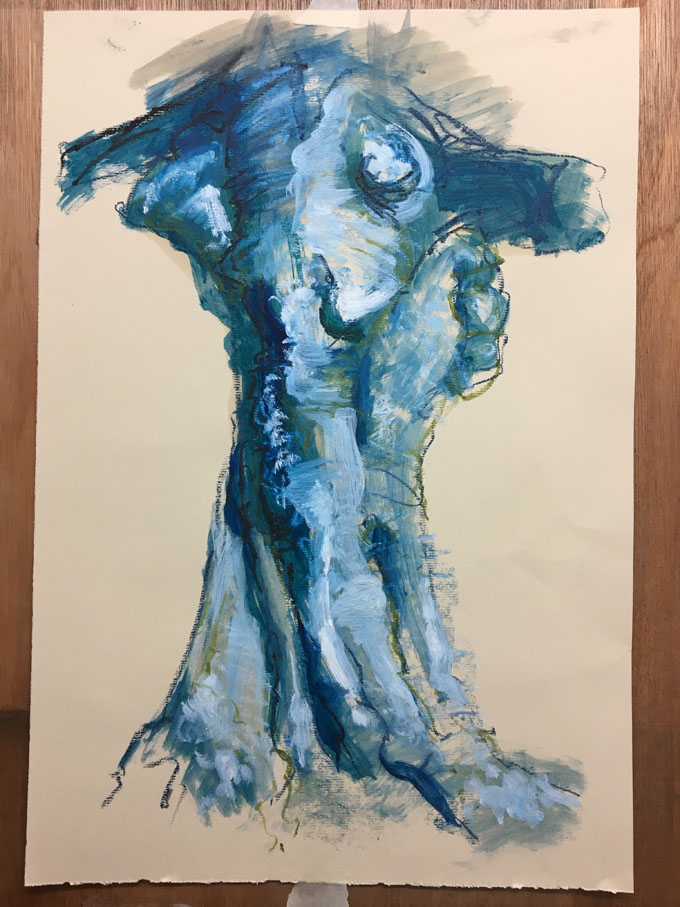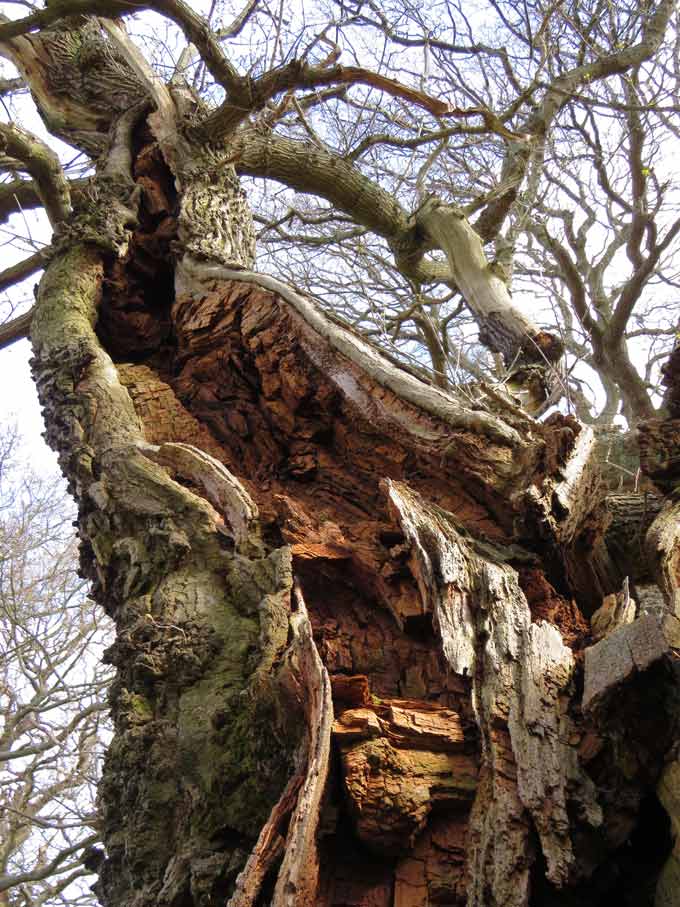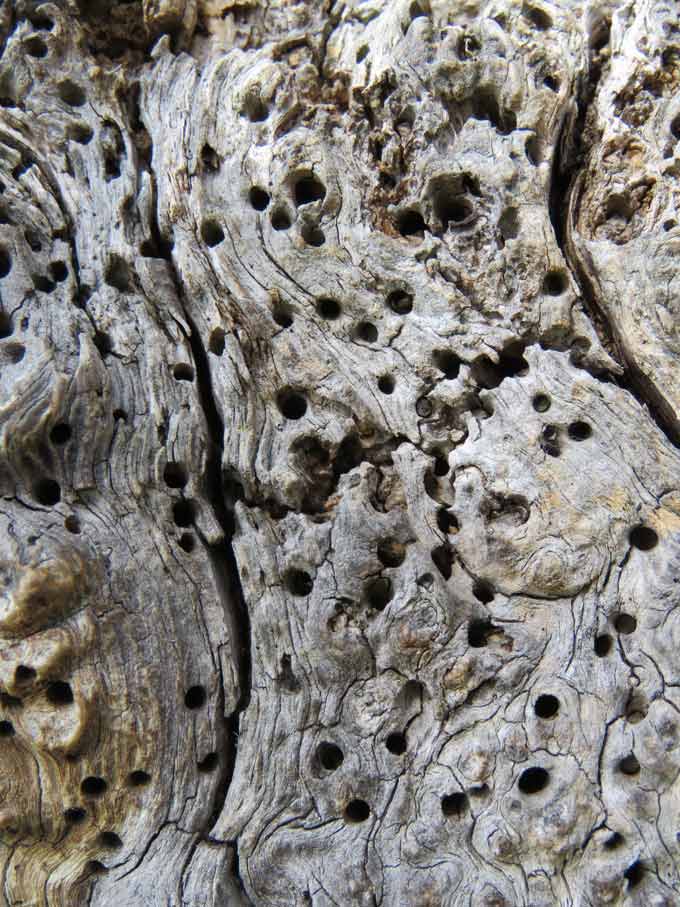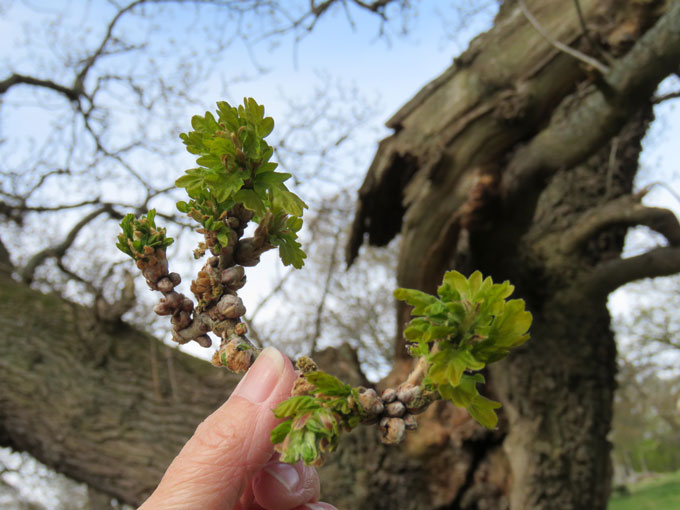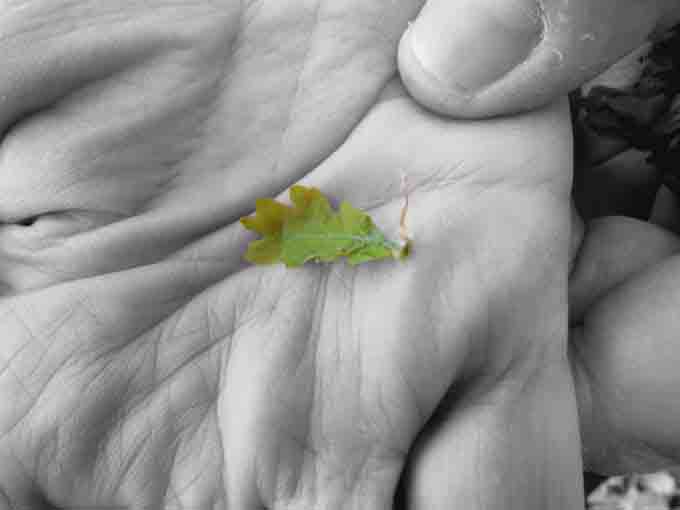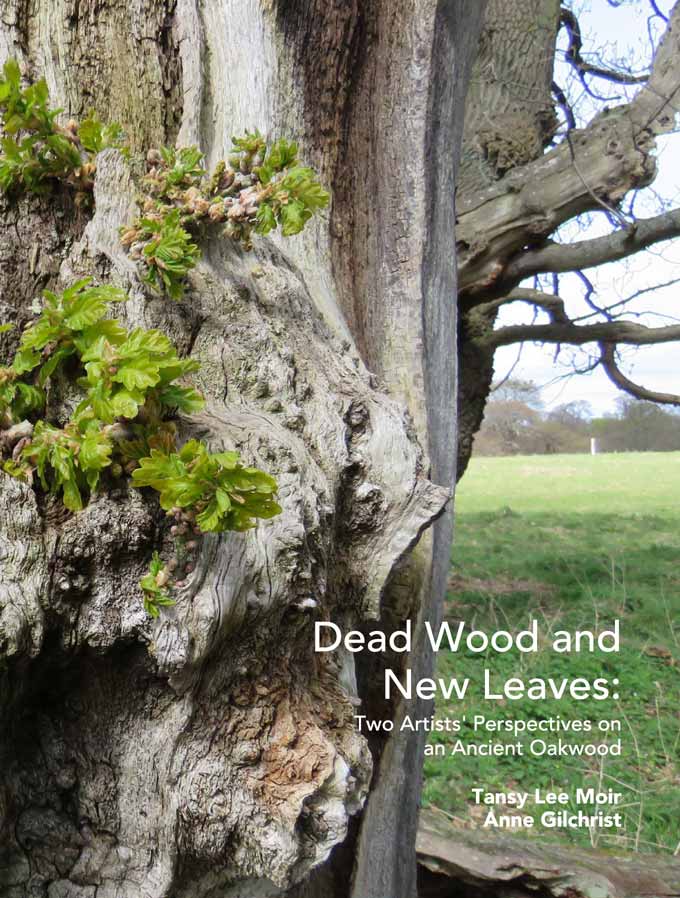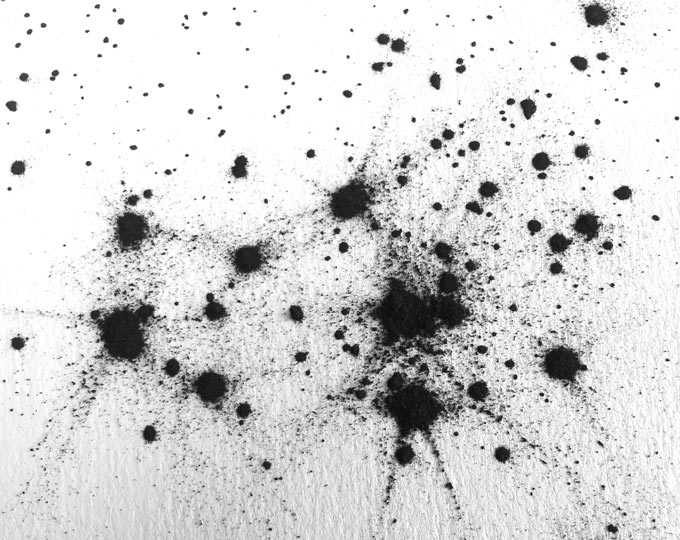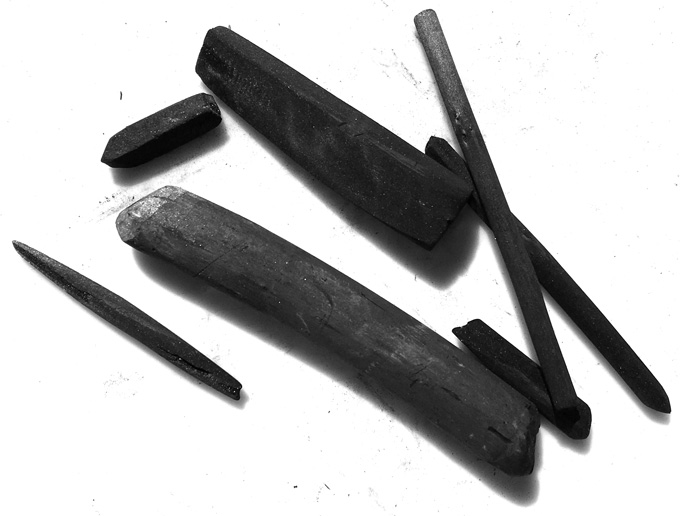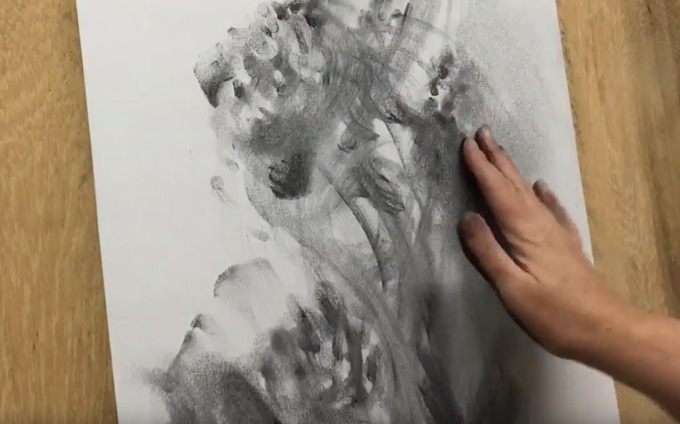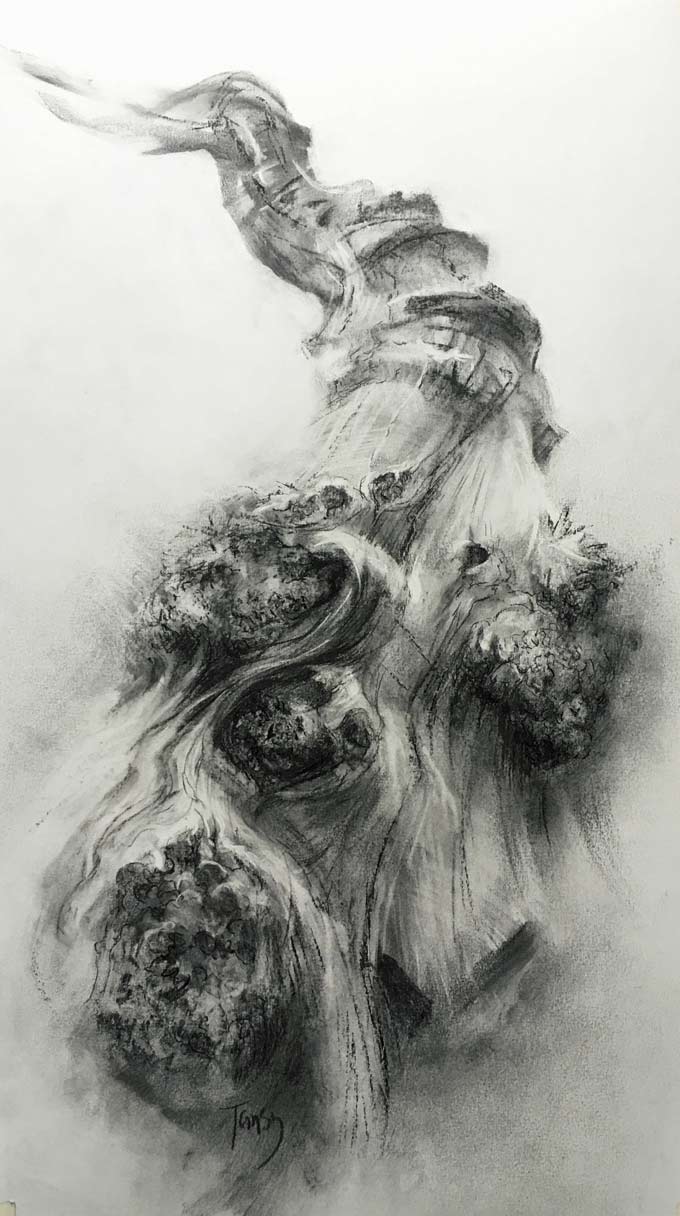I am curating Grown together for St Margaret’s House this autumn and it’s been such a pleasure to work with artists from different disciplines who share my passion for trees. Here’s a flavour of their work, and the exhbition details can be found here>
Anne Gilchrist

Anne Gilchrist has a deep connection to trees:
“My work has evolved within the woodlands of Midlothian, Perthshire and Argyll. Out of a lifetime’s love and fascination for the natural world and through long term acquaintance and observations, my work has gradually become more about the woodland, and – I hope – less about myself, or the human world.”
Anne will be showing paintings, sculpture and installation
http://www.annegilchrist.co.uk/
Charlotte Eva Bryan

Charlotte Eva Bryan is a Glasgow based Artist and Art Therapist with a background in Painting and Printmaking.
She will be showing a drawing of the famous Pollok Beech.
“I have returned to observational drawing in an attempt to preserve the memory of a much-loved local tree which was recently attacked by vandals and set on fire. By drawing the remains of the tree, I intend to reflect on resilience and healing, while processing the attack and working with others in order to help keep the Pollok Beech’s legacy alive. “
http://www.articulatearttherapy.com/
Chris Dooks

Chris Dooks is an Edinburgh based multimedia artist with a large portfolio of publicly engaged work, in what could be described as a ‘medical humanities art practice’.
“Although I have a fairly eclectic style I am niche in one aspect of everything I do – it is usually a response to creative problem solving of restrained opportunities.”
Chris will be showing his film ‘Gardening as astronomy’ from Tiny Geographies.
idioholism.com
vimeo.com/dooks
chrisdooks.bandcamp.com
500px.com/dooks
stationsofthelost.bandcamp.com
Alan Kay
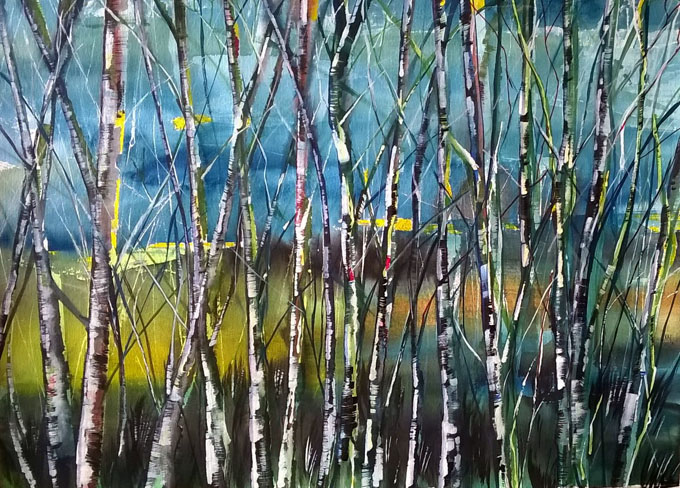
Originally from Fife, Alan Kay is a painter based in St. Margaret’s House.
“Trees seem to pepper landscapes but are often seen as secondary. Recently, I have started to paint trees and I have tried to capture the idea of trees in the foreground obscuring the wide expanse of background. It is about looking through things to get beyond – a bit like living in the future and not recognising and dealing with what is immediately in front of us.”
Alan will be showing some of his recent paintings.
http://www.alankayart.co.uk/
Teresa Hunyadi

Teresa Hunyadi is an Austrian sculptor living and working in Edinburgh, with a studio at Edinburgh Sculpture Workshop.
“Trees mean lots of different things to me. Mainly they mean growth and adaption. Regarding my work they are a very substantial resource as well as a “friend”. Every interest in timber starts for me with the tree and its environment.”
Teresa will be showing a series of her recent sculptures in wood.
http://teresahunyadi.com/
Adele Gregory
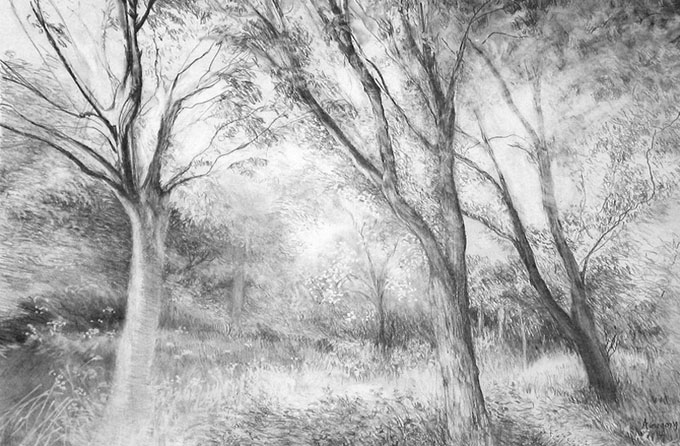
Originally from San Jose, California Adele now lives in Edinburgh and has a studio at St Margaret’s House.
“As a child I was lucky to have grown up with two large backyard trees and a small creek with woodland nearby. Trees were my upstairs playrooms. The twists and turns of their branches were like the stairs in a cosy two-story home. A few years on I would be camping with friends and gaze up at the ring of trees above our heads. No matter what spot you chose, you’d see this circle of guardians and somehow knew to be on good behaviour.”
Adele will be showing some of her pencil drawings of wooded areas around Edinburgh and the Lothians.
http://adelegregory.weebly.com/
Kenris MacLeod

Kenris MacLeod is an Edinburgh based textile artist. She uses freemotion machine embroidery to describe the textures and complexity of the natural world – specifically trees and woodland.
“Using the sewing machine needle as a pencil or brush, I sew complex designs that combine repetitive forms and abstract shapes with elemental natural imagery. My work seeks to connect us to our ancient roots, tapping into a memory that is almost, but not quite, lost. Sometimes I think I should widen my remit and leave trees behind for a bit but it feels impossible when they are such a constant source of amazement and fascination to me.”
www.kenrismacleod.com
Steve Smart

Steve grew up in Edinburgh, but for a long time lived in rural areas, now living just outside Dundee. Amongst other things on his fifty-seven year trip he has been a photographer, a designer, a technologist, an animator, a hill walker, but always a person who makes.
“Trees can be very big, some of them are very old. Their character and way of life is complex, in many ways hidden, and very different from our own. They can make us pause, and they can make us gasp. I’ve had a fascination with the forms and shapes of trees, and a joy in walking in woods for longer than I can say.”
Steve will be showing his new multimedia work ‘Drawing Breath’.
stevedsmart.wordpress.com
Rona MacLean

Painter and printmaker Rona MacLean grew up on Loch Lomond side and is now based in Edinburgh, with a studio at St Margaret’s House.
“Having grown up in the countryside trees have always been part of my childhood memories. Now they provide me with an enduring focus for my work. Their majestic silhouettes and structure, particularly in winter, are very compelling and a gift to a printmaker. A tree without its summer plumage never fails to intrigue me.”
Rona’s screenprints will be on show in the exhibition.
http://www.ronamaclean.co.uk/
Katherine Sola

Katherine Sola grew up surrounded by ancient forests in Eastern Europe. She now works in ceramics, painting and drawing from her St Margaret’s House studio.
“Woodland fed us, and woodland gave us shelter. We have very strong respect for each tree and we see them as a living individual, not just a tree. In Slavic folk Culture we celebrate woodlands, forests and each individual tree. It is our way of life.”
Katherine will be showing new ceramic works.
http://www.katherinesola.com/index.html
Aliisa Hyslop

Aliisa Hyslop is a Finnish/Scottish artist, living and working in Edinburgh and the Scottish borders, making paintings and sculptures.
“In the woods, through the woods, out of the woods – the symbolic nature of trees in our lives is a theme I have instinctively been following. My mother was Finnish and perhaps because of that, I feel a natural affinity with trees and forests.”
Aliisa will be showing paintings, drawings and sculpture.
aliisa.hyslop@yahoo.co.uk
Isabell Buenz

Isabell Buenz taught photography and expressive arts in Germany and Scotland, then established herself as an artist focusing on using paper and discarded books. She has a studio in St. Margaret’s House.
“I have always been connected to trees and woods in the shape of paper, the material of choice since I was a young child. I grew up in a family where big pieces of paper were always available. My father worked for the local newspaper supplying me with seemingly endless amounts of paper. I started building with newsprint, creating useful items, such as bags, bowls and picture frames. As an adult I learnt to make my own paper, using fungi growing on tree trunks and other natural materials collected during forest walks.”
Isabell will be showing a series of new works in paper.
http://www.isabellbuenz.co.uk/
Aileen Grant

Aileen Grant draws, paints and makes prints at her home in Lochcarron, Wester Ross and at her St Margaret’s House studio.
“I like to celebrate trees as they are so important to us as absorbers of carbon in the efforts to combat climate change. Up here in Wester Ross the climate is a bit harsher for trees and there are not so many around. This rarity is another reason to cherish trees.”
Aileen will be showing some of her photopolymer gravure prints.
http://www.aileengrant.co.uk/
David Mola

Originally from Spain, glass artist David Mola works in stained and bespoke kiln glass from his St Margaret’s House studio.
“Trees and woodland are places of inspiration for me. There is something magical about trees, and in the way they grow, slowly, long lived… they are the best example of continuous movement, almost invisible but also unstoppable.”
David will be showing his sculptural works from the Kelburn Never-ending Glen.
https://www.davidmola.com/
Wildchild Designs (Robin Wood)

Robin Wood is the founder Wildchild Designs, dedicated to creating exciting outdoor play structures, seating, sculpture and adventure trails.
“I’ve always been outdoors with my first happy memories in Suffolk where we lived by a huge woodland and the river Orwell: even then at the tender age of 7 I was allowed to play all day well away from our home and explore. I’m passionate about getting people out into the real world of nature, and my business encourages children of all ages to explore and re-discover the joys and freedom of outdoor play.”
Robin will be showing a series of illustrations for his Glingbobs and Tootflits sculpture trails.
http://www.wildchilddesigns.co.uk/
Lynn Ahrens

Lynn Ahrens is a painter based at St Margaret’s House.
“For me, woodland and forest landscape played an important role in developing an approach to imagery based on memory and imagination. The experiences which were particularly stimulating occurred during lengthy periods of working in fields close to or bordered by woods and forests and of course the surrounding landscape, sounds and sights of the creatures inhabiting them.”
Lynn will be showing some of his oil and gouache paintings.
https://lynnahrens.co.uk/
Full Grown (Gavin Munro)

Full Grown founder Gavin Munro, lives and works in Derbyshire, where he and the team tend the furniture field.
“Central to the original idea, and therefore to the ethos of the company, is a recognition that, somewhere along the line, the human race’s relationship with nature broke down, and the efforts of Full Grown are an opportunity to redefine this relationship in a mutually beneficial collaboration with nature.”
The exhibition will feature some of Full Grown’s furniture and design illustrations.
www.fullgrown.co.uk
Tansy Lee Moir

Tansy Lee Moir has been drawing trees for almost 10 years and is curating ‘Grown Together’ for St Margaret’s House. Originally from Derbyshire, she is now based just outside Edinburgh.
“My dialogues with trees always begin with walking, investigating areas of ancient woodland and historic land use, poring over old maps and new satellite imagery. My trips to these landscapes are partly aimless wanderings, partly focused foraging and I’m always on the lookout for the special trees which have a story to tell, in their contorted forms, broken branches or undecipherable graffiti.”
Tansy will be showing some of her recent charcoal drawings and works from the ‘Tree Stories’ project.
{*FULLWEBPATH*}/
“;}


